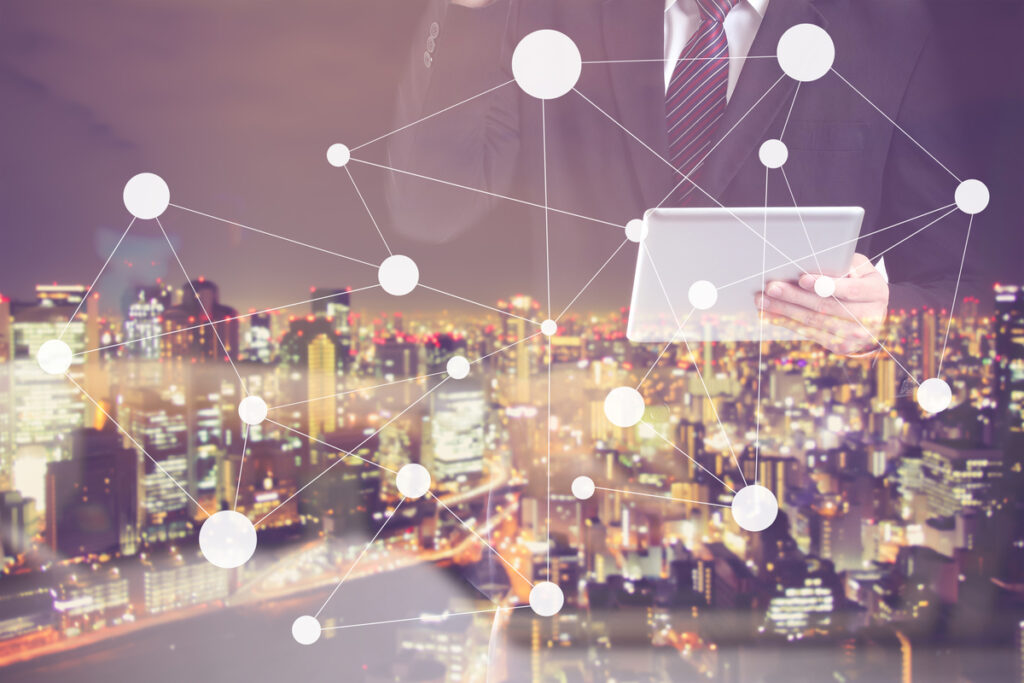Exclusive Neuroject Article: By connecting machines and devices to the Internet and enabling them to communicate and exchange data, the Internet of Things (IoT) is rapidly changing how we live and work. We live in an era where you can remotely control and manage your home and office with IoT application devices. The Internet of Things has made all this possible, whether it be controlling your home devices or kitchen appliances to managing the security systems, cars, or baby monitors.
The next stage of the industrial revolution is called the Internet of Things (IoT). Technology makes it possible to bring tangible objects into the digital sphere. The IoT application is the merging of the “real world” with the “digital world,” facilitating simple communication between individuals, things, and procedures.
In 2015, the automobile industry’s compound annual growth rate (CAGR) was a strong 26.5% over eight years, with a market valuation of $15.87 billion. The IoT applications are expanding constantly and changing our lives. It’s important to gauge the extent of this digital revolution and comprehend what the IoT ecosystem will look like as it develops.
34% of brands anticipate that the sector will grow significantly over the next ten years as a result of the broad adoption of IoT technologies. The IoT application opens up possibilities for safe integration between computer systems and the physical world by enabling products to be activated and controlled remotely over an internet network infrastructure. In the actual world, IoT applications are altering how we carry out every social function.
Table of Contents
What is an IoT Application?
The network of physically connected objects or gadgets that have sensors, software, and other technologies incorporated in them is known as the IoT applications. Information transmission and interchange between various devices via the Internet is made possible by the software and sensors. As a result, little to no human interaction is needed for gadgets to exchange information.
Smart homes, healthcare, agriculture, transportation, and industrial automation are just a few of the industries that have adopted IoT applications. These apps let you automate more processes and achieve higher levels of ease and efficiency by enabling real-time monitoring, control, and analysis of devices and systems. Examples of IoT applications include predictive maintenance in manufacturing, precision farming, wearable health monitoring, networked cars, and smart thermostats.
How is IoT Application Changing Our Lives?
Because the IoT connects commonplace items to the Internet, it is revolutionizing our way of life. As a result, these gadgets can communicate and share information. This technology has the potential to significantly improve human existence in several ways.
From wearable technology that monitors our health to smart homes that automate tasks and boost energy efficiency, the IoT application is improving our quality of life in many ways.
IoT gadgets are making the following possible:
- Remote Patient Monitoring
- Increasing Diagnostics
- Facilitating More Individualized Healthcare
Improving Smart Cities Traffic Flow, Reducing Waste, and Increasing Security
- Simplify Operations
- Monitor the Functioning of Equipment
- Increase Production
The Internet of Things enables precision farming, which increases agricultural productivity by making the most use of available resources.
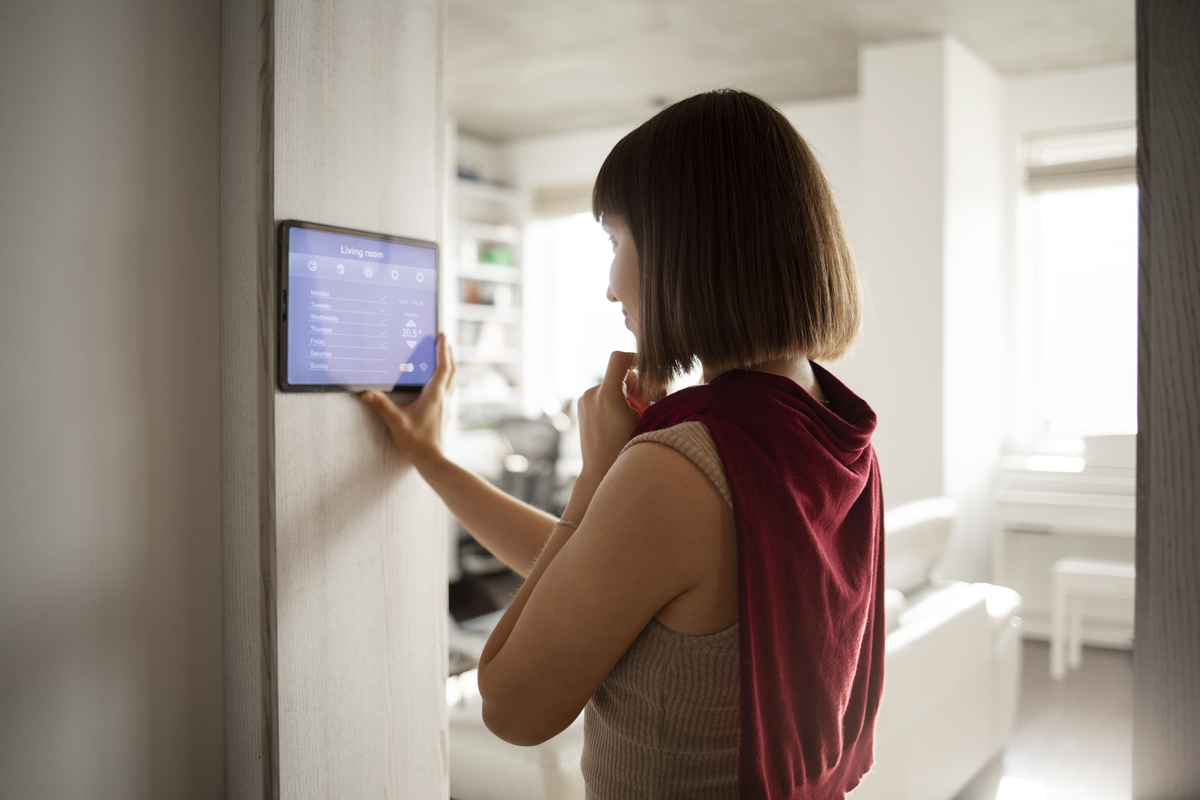
Future of the IoT Applications
The potential for the IoT applications to fundamentally alter numerous aspects of our daily lives is bright. Following are some significant advancements and opportunities:
- Better Communication: As more gadgets join the IoT applications, current networks will grow and enable simple two-way communication between devices and computer systems. It will be simpler to collaborate, exchange information, and communicate as a result.
- Edge Computing: Data processing will occur at the “edge,” or outer edge, of the network more often as a result of the growing number of linked devices. Edge computing helps to improve security, reduce latency, and speed up replies by reducing the amount of data transported to the cloud.
- Artificial Intelligence: AI and IoT applications together could unlock incredible potential. AI algorithms have the potential to extract insights, perform predictive analytics, and automate decision-making from vast amounts of IoT data.
- Specific Uses in Various Industries: The industrial, transportation, energy, healthcare, and agricultural sectors will all see greater transformation thanks to the IoT applications. Innovations like autonomous automobiles, precision agriculture, smart industries, energy-efficient energy management systems, and remote patient monitoring are some of the things we might anticipate.
- Improved Privacy and Safety: With an increasing number of devices connected to the Internet, security, and privacy must be given top priority. Blockchain, authentication, and encryption advances will be critical to IoT networks and data security.
- Smart Cities: The idea of “smart cities,” where various services and technology are combined to enhance urban living, will be aided by the IoT applications. Transportation networks, smart energy grids, and environmental and public safety monitoring are a few examples.
- Effects on the Environment and Sustainability: Thanks to its ability to monitor environmental conditions, reduce energy consumption, and enable more efficient resource management, IoT application has great promise for advancing sustainability. The IoT applications help create a greener future, such as smart grids, energy-efficient technologies, and smart buildings.
Suggested articles to read: What is IoT in Construction? | Smart Construction: Top 7 IoT Applications
IoT Application List
Almost every industry has seen significant changes as a result of IoT technology, including manufacturing, retail, energy, health care, agriculture, and more.
1. IoT Based Smart Agriculture Solution
One of the largest industries in India is agriculture, which is under increased strain due to the country’s expanding population. Therefore, farmers will be able to cultivate more effectively and extensively if IoT is integrated with agriculture.
Fertilizer profiles and soil chemical information are provided via IoT sensors. For instance, CO2 concentrations, humidity, temperature, acidity, and nutrition. Farmers can determine the quality of the soil for a given crop in this way.
Another IoT-based tool that helps farmers use water effectively for crops is smart irrigation. The IoT application determines the soil’s moisture and dryness content and starts the water flow based on those findings. Water flow is halted if the soil reaches a specific moisture level and resumed if the soil dries out below a specific threshold. As so, it facilitates the most efficient use of water for irrigation.
Livestock Tracking
IoT applications are very helpful in resolving problems that the livestock business faces. For instance, animals can become ill after eating harmful items like plastic, lose track of their herd, or encounter animal mishaps. Farmers can monitor cattle closely thanks to the IoT chips. They can monitor their whereabouts, immunization history, and other vitals.
Benefits of an IoT-Enabled Livestock Monitoring System
IoT-enabled livestock monitoring offers data on each animal on the farm and assists with remote inspection and tracking of all the animals.
The Key Benefits of Monitoring Livestock Using IoT
- Treat animals, keep an eye on their health in real-time, and stop the spread of illness.
- Monitor grazing fauna Keep an eye on your grazing habits and steer clear of junk food.
- Compile and evaluate data to improve breeding procedures and the health of the cattle.
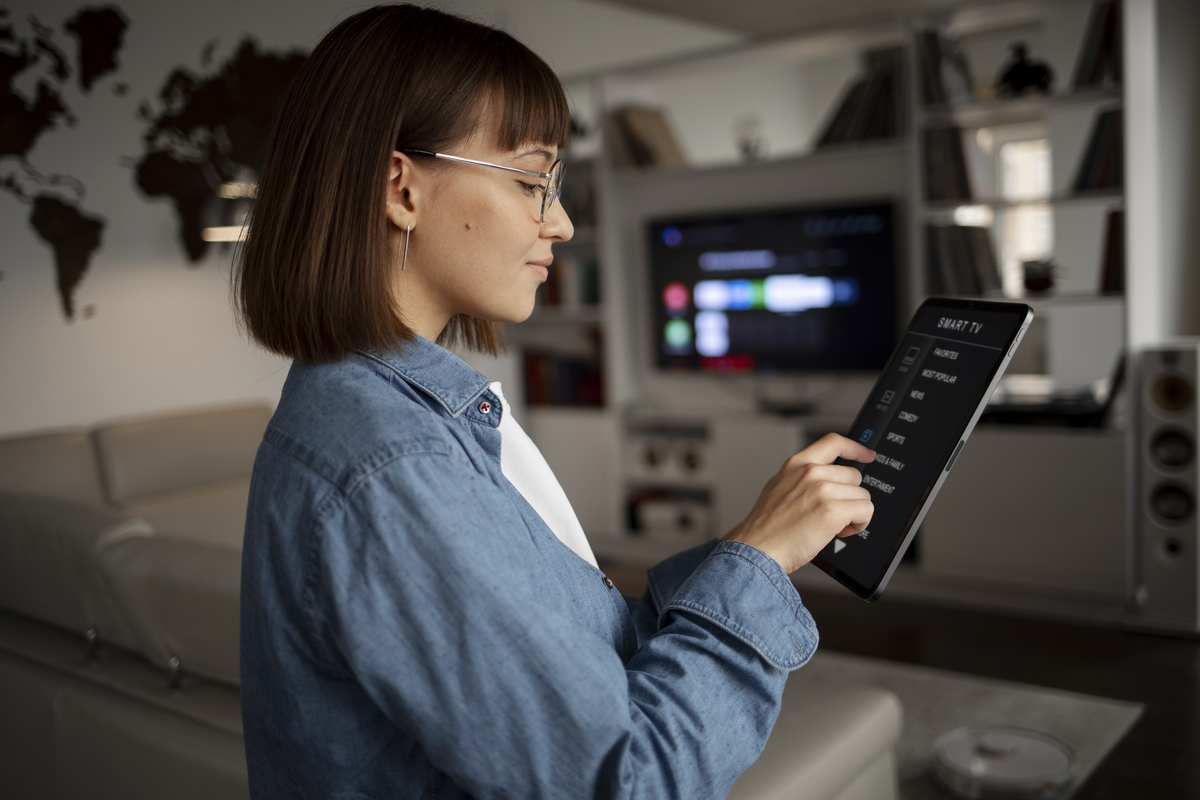
2. IoT Applications in Healthcare
The pandemic made us realize how much more advanced medical technology is needed. That technology gap was closed by IoT-based apps, which allowed patients and customers to communicate virtually. A patient’s room will have sensors attached as part of the IoT application. Transmitting continuous data enables clinicians to monitor patients and notify them of any aberrant metrics. Doctors can keep an eye on patients who are in danger, such as the elderly and those with long-term illnesses.
- By enabling departmental access to real-time data, Internet of Things apps facilitate the streamlining of patient medical records. Furthermore, real-time data collection aids in medical studies.
- IoT applications aid in intelligent inventory management and manufacturing process optimization. As a result, it lowers the price of medications.
3. IoT Application in Wearables
Wearable technology, such as linked fabrics, smartwatches, fitness trackers, and smart eyeglasses, heavily relies on the IoT applications. Numerous features are available on wearables, such as location tracking, reminder display, physical activity tracking, and more. Here are the use cases of IoT in wearables:
- Wearables make it easier for fitness enthusiasts to monitor their activity levels when cycling or running. Fitness bracelets and smartwatches are two excellent examples.
- Wearables facilitate location tracking; for instance, caregivers can monitor the elderly or parents can monitor their children.
- Wearables can also be used to send and receive notifications and reminders via text messages.
- Nano sensors aid in the prognosis of potentially dangerous situations such as cancer. Additionally, wearables support a healthier lifestyle by tracking and monitoring sleep habits.
Suggested article to read: The Ultimate Guide to IoT Sensor in 2024
4. IoT Application in Hospitality
During the pandemic, the hotel industry was also severely impacted. It was difficult for the hospitality industry to draw guests to the hotels or restaurants because of social alienation, safety concerns, and hygiene issues. IoT was this situation’s rescuer in large part. IoT is being used by hospitals and restaurants to automate processes like check-in and check-out.
For example, manual check-in with physical keys is eliminated with mobile electronic keys. The electronic keys facilitate the automated check-in procedure and aid the restaurant personnel in monitoring the whereabouts of the guests. Using their iPhones, guests may order cleaning and room service.
Smart appliances and lighting also improve customer experience and contribute to hygiene. Each of these apps supports avoiding touch and maintaining social distance.
5. IoT in the Retail Sector
In the retail industry, IoT enables business owners to automate processes and deliver better, more effective consumer experiences. IoT applications in retail include:
- Real-time crew and product tracking.
- Compile, evaluate, and track consumer information to understand their preferences for tailored advertising efforts.
- Effective inventory control.
6. IoT for Smart Greenhouse
More people are starting to employ greenhouse automation for personal purposes. For home greenhouses and commercial gardens, for instance, fertilizers, computer-controlled watering systems, and motorized fans and heaters are available. To grow crops, the smart greenhouse uses a microclimate with automated light and water systems. Monitoring and control of all parameters are aided by intelligent sensors and monitoring systems. The various kinds of sensors that can be used in smart greenhouses are:
- Humidity Sensors
- Temperature Sensors
- Soil Moisture Sensors
- Light Sensors
- Soil PH Sensors
- Air Quality Sensors
- Carbon Dioxide Sensors
Smart sensors on Internet of Things device applications manage the greenhouse atmosphere. With an electric power supply and sensors that are susceptible to water splashes, sunshine, and humidity, the greenhouse needs extra care.

7. IoT Application for Smart City
IoT technology is used in “smart cities” to enhance urban infrastructure and increase the efficiency of city living. Additionally, the IoT-based apps support environmental sustainability. A smart city monitors and controls its operations with sensors incorporated into various locations, such as antennae or lamp poles.
- IoT for Traffic Management
To provide officials with information about peak hours and traffic patterns, sensors on traffic signals monitor traffic and transmit the results to them. As a result, it aids in the development of practical traffic mitigation strategies. Additionally, by using alternative routes, commuters might avoid traffic with the use of this data. For instance, we use Google Maps to identify the best routes and stay clear of traffic.
- IoT for Pollution Monitoring
The IoT sensors aid in the collection of air pollution data. Temperature, humidity, smoke, and CO2 levels are all measured by the data. These data are used by smart cities to create effective strategies for reducing air pollution.
- IoT for Smart Water Management
IoT sensors also aid in the management of water to ensure its best use. Information is gathered via sensors to help with the analysis of water use trends. These sensors identify supply issues and initiate the necessary action. As a result, it facilitates effective water recycling.
- IoT for Resource Management
Waste management, parking solutions, energy management, and infrastructure & and catastrophe management are some of the other Smart City solutions.
8. IoT for Smart Homes
A smart house is the most widely used IoT application in the real world. A smart home is a scaled-down equivalent of a smart city. Sensors are used in smart homes to regulate the lighting, security, and other features.
Natural language processing is used by the smart home system to interpret voice commands. To control the appliances, the system has internet switches. For increased security, it manages the lighting of rooms according to occupancy, plays customized music, and recognizes visitors using facial recognition.
A smart home’s safety and security features are improved by IoT. Smart cameras, door locks, and motion sensors are examples of connected security systems that offer real-time warnings and video streams, allowing homeowners to remotely monitor and secure their properties.
9. IoT for Smart Supply Chain Management
Supply chain managers can improve their forecasting with the use of intelligent routing and rerouting algorithms provided by IoT applications. They attach intelligent IoT application gadgets to parcels to immediately obtain post-event data using GPS and RFID signals. Their decision-making regarding the supply chain is aided by this data.
IoT apps’ data collection also aids in reducing the risks associated with ambiguity. It also supports planned maintenance, vendor relationships, fleet management, and inventory management. IoT in the supply chain hence aids in cost reduction and variance minimization.
10. IoT Technology in Smart Grids
A smart grid is an IoT system designed to optimize energy use. It promotes more economical energy use. Production facilities, distribution centers, transmission lines, and energy meters all have the sensors installed.
Three distinct settings are used by sensors to collect data on consumption: the regional, organizational, and individual levels. Smart grid uses cases include the following:
- In the event of a power transmission failure, smart grids generate alarms.
- Sensors assist in detecting anomalies in the transmission line and pinpointing lossy nodes at the precise area of inefficiency.
- They keep an eye on peak energy consumption and usage.
As a result, it aids in cost reduction and energy efficiency.
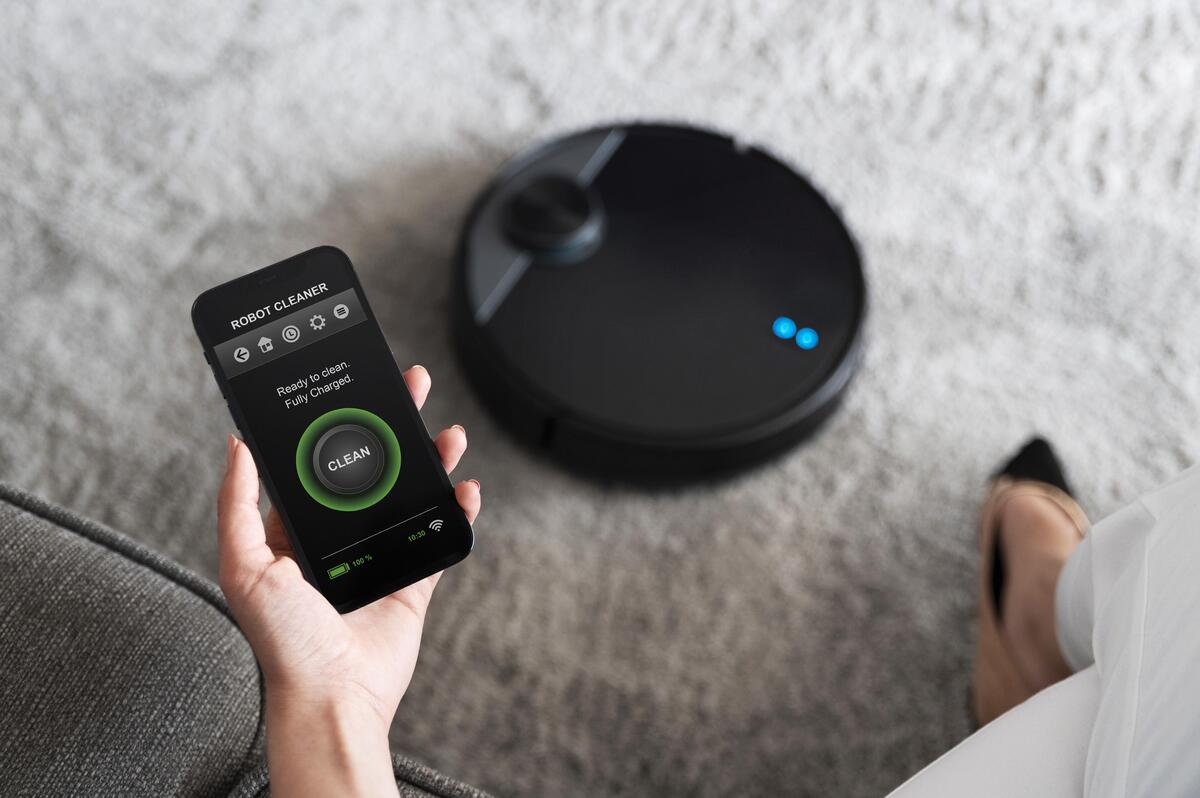
11. IoT Applications for Enterprise Solutions
A corporate IoT platform is a collection of technologies that facilitates data transmission and reception amongst internet-connected goods and gadgets. By harnessing data to enhance product offerings, create new revenue streams, and better manage physical assets, IoT lets businesses extract new value from their physical assets.
An IT solution to a business issue is enterprise IoT. IoT can assist in controlling costs through asset monitoring and preventative maintenance, depending on the use case and vertical. It can also create new business models with subscription-based services that provide ongoing revenue rather than one-time purchases.
- Security Solutions
Businesses employ security solutions powered by IoT to thwart cyberattacks. Real-time data is used by IoT-backed security solutions to advise strategies against cyberattacks. Additionally, it aids in the preparation of incident responses and security rules based on network behavior.
- Analytics
With the help of IoT-powered apps, businesses may quickly collect sufficient client data. It facilitates their data analysis so they can come to wise judgments.
- IT Asset and Service Management
The Information Technology Infrastructure Library (ITIL) places a strong emphasis on matching business needs with IT services. The interconnectivity and communication of several devices make up the intricate complexity of enterprise infrastructure.
12. IoT for 5G
5G networks are a significant advancement for IoT applications. 5G’s massive device connection, low latency, and quick data transfer rates enable transformative IoT application cases. 5G’s incredibly dependable and low-latency connections are helpful in a variety of industries, such as remote surgery, immersive virtual reality, driverless automobiles, and smart cities. It makes real-time monitoring, control, and collaboration possible, which opens the door for cutting-edge applications that require high bandwidth and quick reaction.
13. IoT for Blockchain
IoT networks may become more dependable, private, and secure with the application of blockchain technology. By using distributed ledgers, blockchain technology ensures immutability, transparency, and decentralized data management. Blockchain’s decentralized management, secure device identification, and data integrity verification may be advantageous for the Internet of Things (IoT).
It makes secure peer-to-peer transactions, smart contracts, and cross-entity data interchange possible without the need for reliable third parties. Blockchain-based IoT applications may find utility in supply chain management, energy trading, healthcare data sharing, and asset monitoring, to name a few areas.
With the use of the Internet of Things, devices can communicate with private blockchain networks to generate unchangeable records of shared transactions. With IBM Blockchain, you can share and access IoT data with your business partners without requiring centralized management and control.
14. IoT Applications in Water Supply
A sensor that is externally integrated into water meters and is connected to the Internet together with software facilitates the smooth collecting, processing, and analysis of data, enabling improved consumer pattern analysis, supply service issue identification, and result reporting.
They also provide end users with the option to track their consumption data in real-time via an app or website. Water conservation has greatly benefited from automatic alerts that identify consumption that deviates from the average range record and suggests the possibility of a leak.
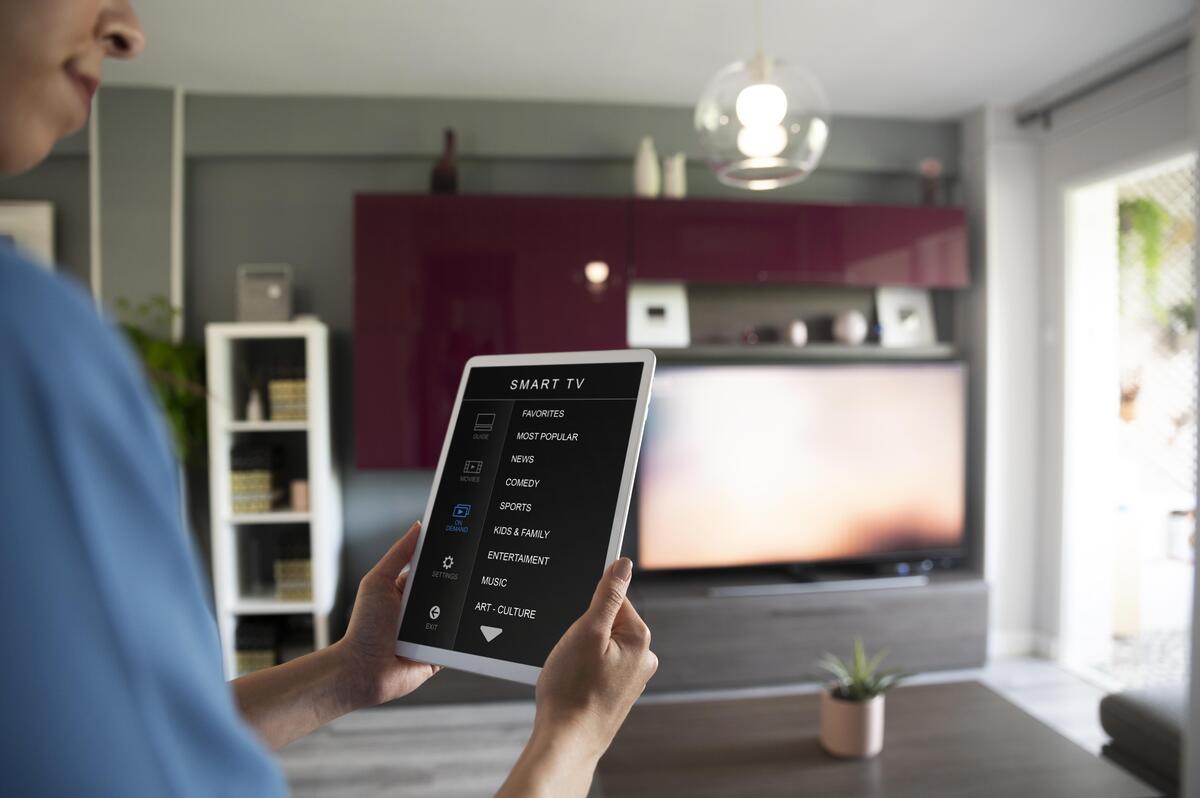
15. IoT Applications in Water and Waste Management
Water treatment facilities that recycle water have been of great assistance with water management. They are more effective when IoT is used since it allows one to monitor changes in waste production over time, the amount of wastewater generated, and localized water use.
It is useful to anticipate the amount of waste in a certain area when you have an intelligent waste management system. As a result, authorities can schedule the data’s processing, clearance, and interpretation in advance of future planning. When analytics solutions and collected data are merged, city renovation projects will accelerate and result in changes.
16. IoT Applications in Smart Pollution Control
The main problem of pollution has been addressed in part by IoT. It makes it possible to reduce pollutants to more tolerable levels. Sensors and IoT are used to gather data about city pollution, including traffic volumes, weather, pollen levels, airflow direction, and vehicle emissions. After that, this data is combined with machine learning algorithms to estimate pollution levels in different regions and alert local authorities to possible issues in advance. One IoT application for pollution prevention is IBM’s China Research Lab’s Green Horizons project.
Data analytics platforms, networking technology, and a network of sensors are used to construct an IoT applications-based air and sound pollution monitoring system. To detect the quantities of pollutants such as particulate matter, gasses, and volatile organic compounds (VOCs), air quality sensors are placed in key areas.
17. IoT Applications in Traffic Monitoring
The IoT applications plays a significant role in the idea of smart cities and helps with vehicle traffic control in big cities. One way to use IoT is to use our mobile phones as sensors to gather and share data from our cars using apps like Waze or Google Maps. In addition to aiding in traffic monitoring, it provides information on the various routes’ traffic conditions, the projected time of arrival, and the distance to the destination.
The research on traffic patterns provides commuters with a clear understanding of potential events during peak hours. Because they would know about potential alternatives, they will be better equipped to avoid traffic.
18. IoT Applications in Transportation
Most people are aware of the advancements being made in autonomous vehicles by now. However, that only scratches the surface of the transportation industry’s enormous potential. Transportation businesses use GPS, which is another form of IoT, to help them plan more expedient and speedy routes for vehicles carrying freight, which expedites delivery times.
Navigation has already advanced significantly, referencing a phone or car’s GPS once again. However, the data can also be used by city planners to assess demand for parking spaces, traffic patterns, and road upkeep and building. It’s even possible that applications may be developed to stop a car from starting while the driver is drunk!
19. IoT Applications in Security
Although IoT devices are not inherently secure, IoT security is based on a cybersecurity strategy to protect IoT devices and the vulnerable networks they connect to from cyberattacks. IoT security is necessary to help prevent data breaches because IoT devices operate undetected by standard cybersecurity systems and transfer data over the internet in an unencrypted manner. In addition to understanding the definition of IoT security, it’s important to understand the various challenges that enterprises face when dealing with IoT security issues.
Many IoT device connections and the devices that are interacting over the network are not detectable by many network security solutions. These and other significant IoT security issues are examined in the sections that follow, including:
- Weak authentication and authorization
- Lack of encryption
- Vulnerabilities in firmware and software
- Insecure communications
- Difficulty in patching and updating devices
Conclusion
IoT applications seem to have no limits. Every industry is being revolutionized by the Internet of Things, from smart homes to industrial automation and medical monitoring. More developments in IoT applications and technologies are anticipated in the future. Our lives are made easier and more productive by the seamless collaboration and communication between machines and linked gadgets.
Thirty percent of respondents said they could not live without smart devices, and eighty-five percent said they had budgeted for IoT initiatives. The newest technology advancement, IoT applications have the potential to boost corporate efficiency across multiple industries, increase security, improve environmental sustainability, and, of course, facilitate daily activities and operations.
According to a Gartner report, there will be 20.6 billion connected devices spanning several technologies. According to HP, that amount might reach 1 trillion by 2025, which is an astounding amount. A survey from Cisco predicts that over the next ten years, IoT applications will provide $14.4 trillion in value for a variety of businesses, including the ones that were previously stated.
Put another way, IoT applications have the potential to drastically alter our lives on both a personal and professional level. To one degree or another, many of the improvements listed have already been implemented. Without a doubt, there is no turning back. No enterprise can ignore the unparalleled degree of control and efficiency that the IoT Applications offers. You may learn more about IoT applications to create a more competent and productive work environment.
________________________________________________________________________________________________________________________________________________
Resources:
Ayla Networks | Spiceworks | Simplilearn.com | TechTarget | STL Tech | RF Page | Oracle | Hackr.io | GeeksforGeeks
For all the pictures: Freepik | Unsplash

